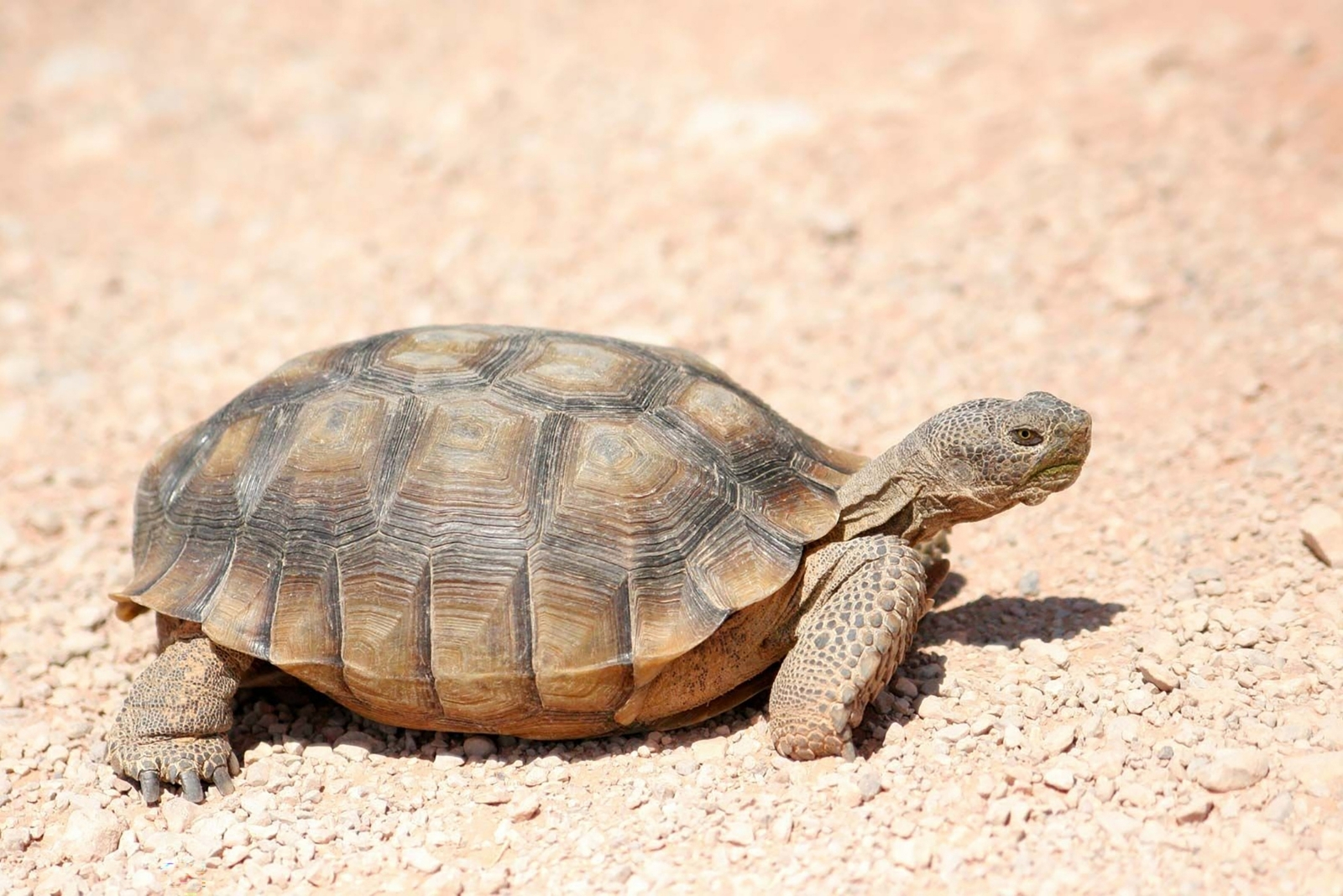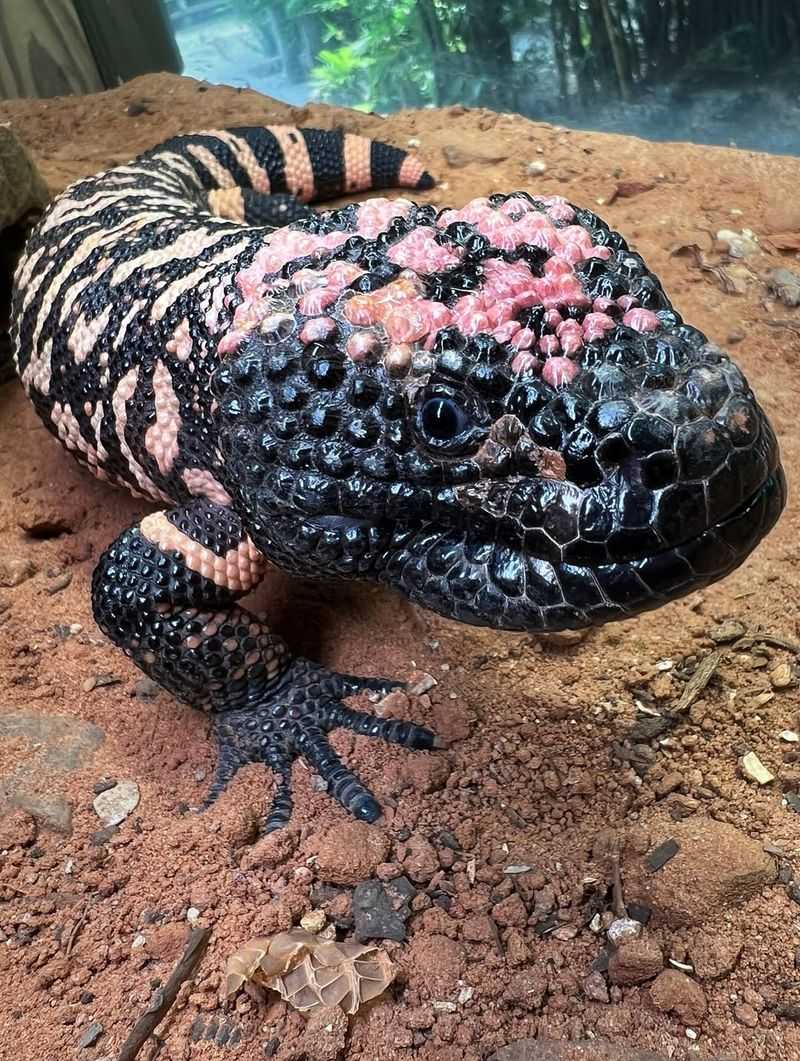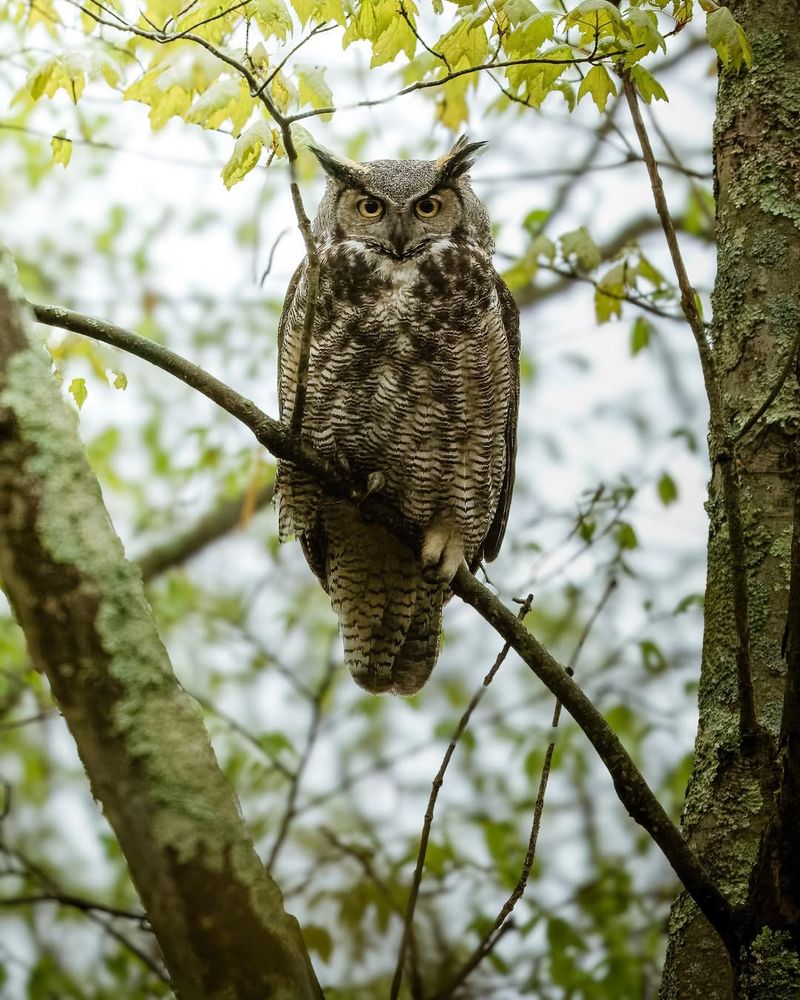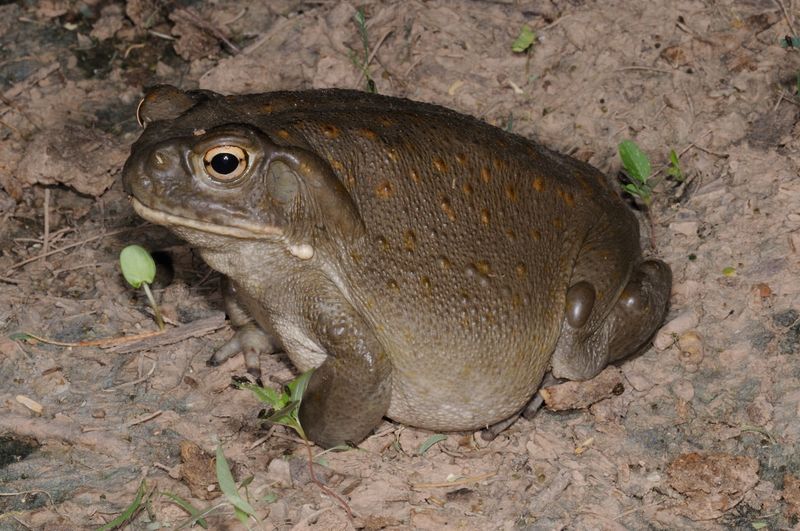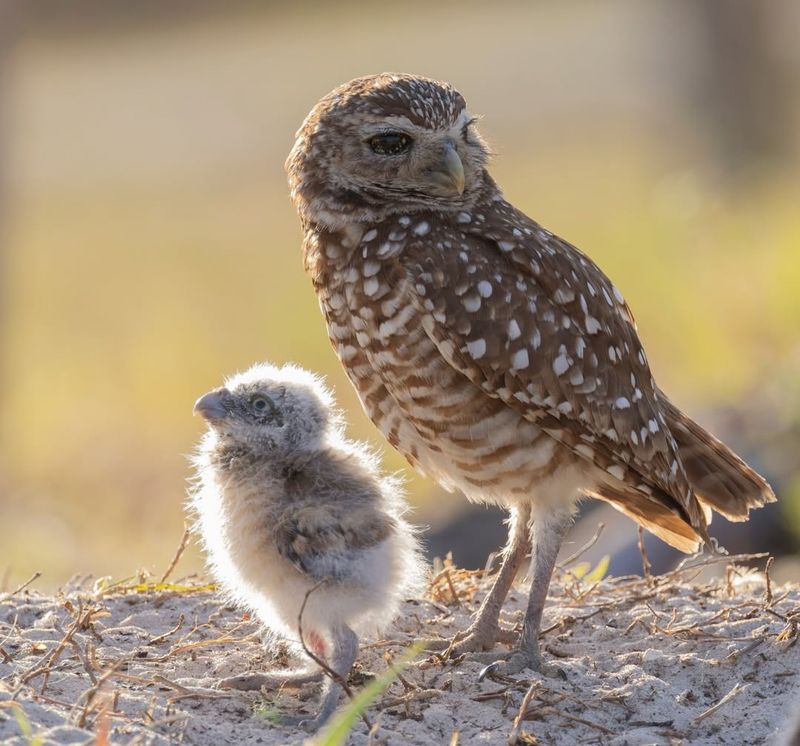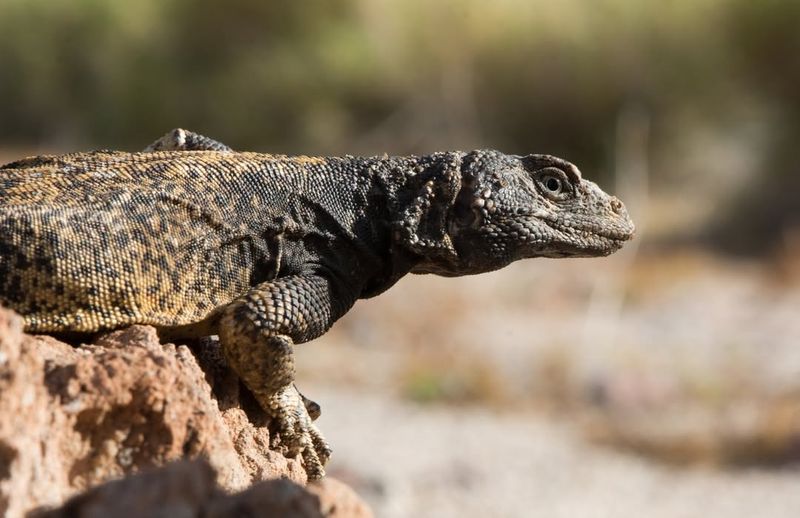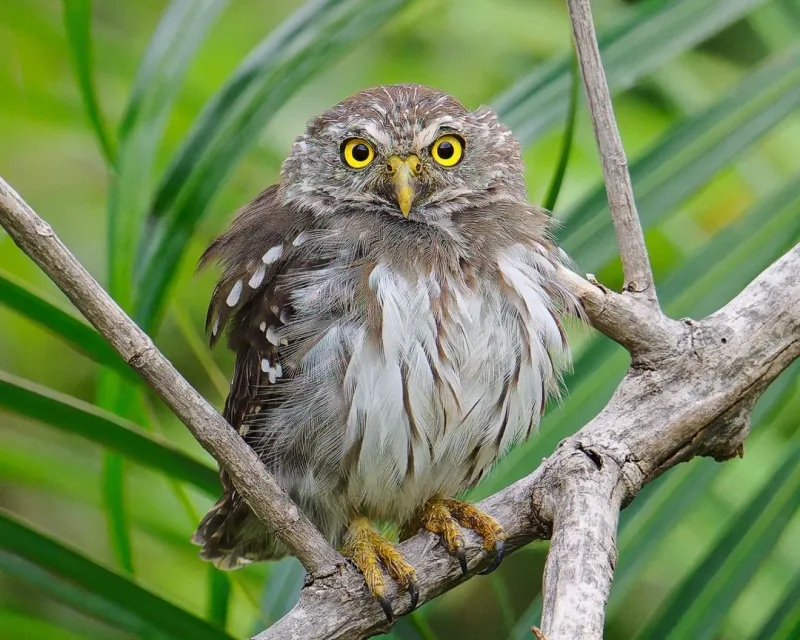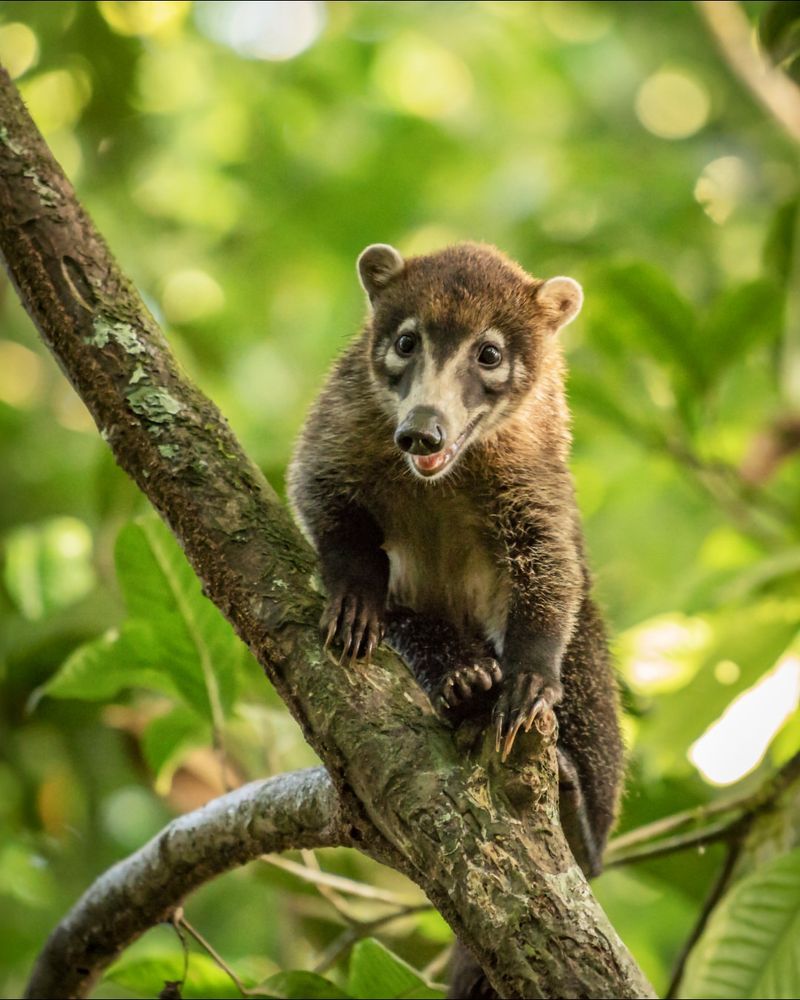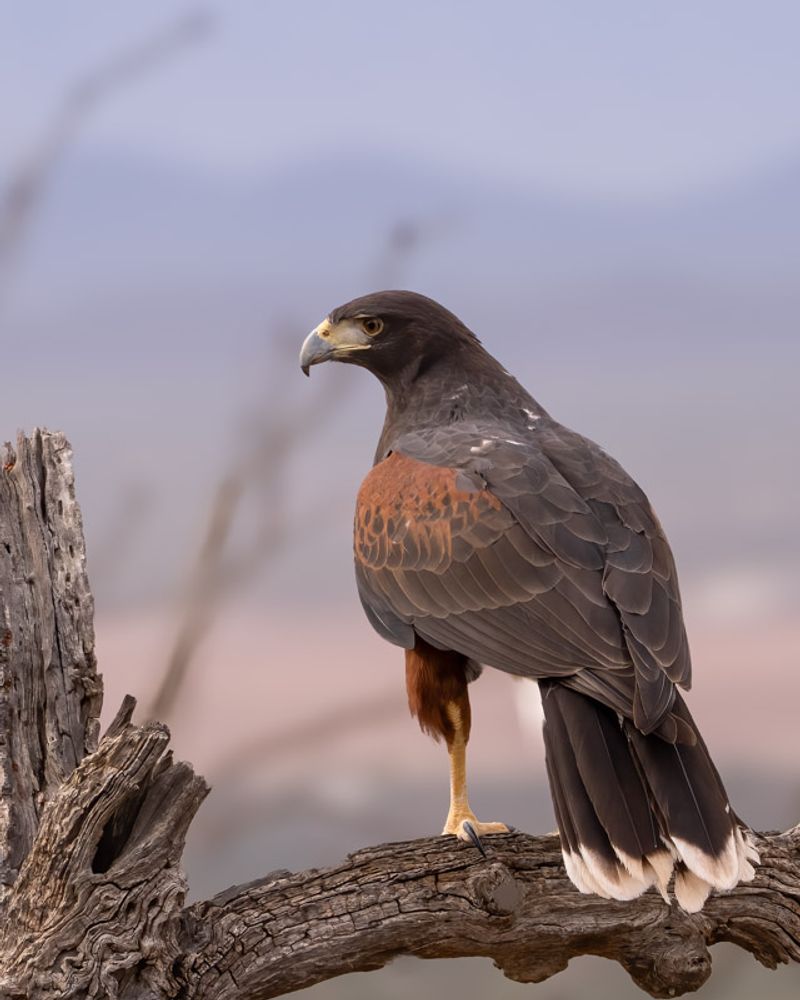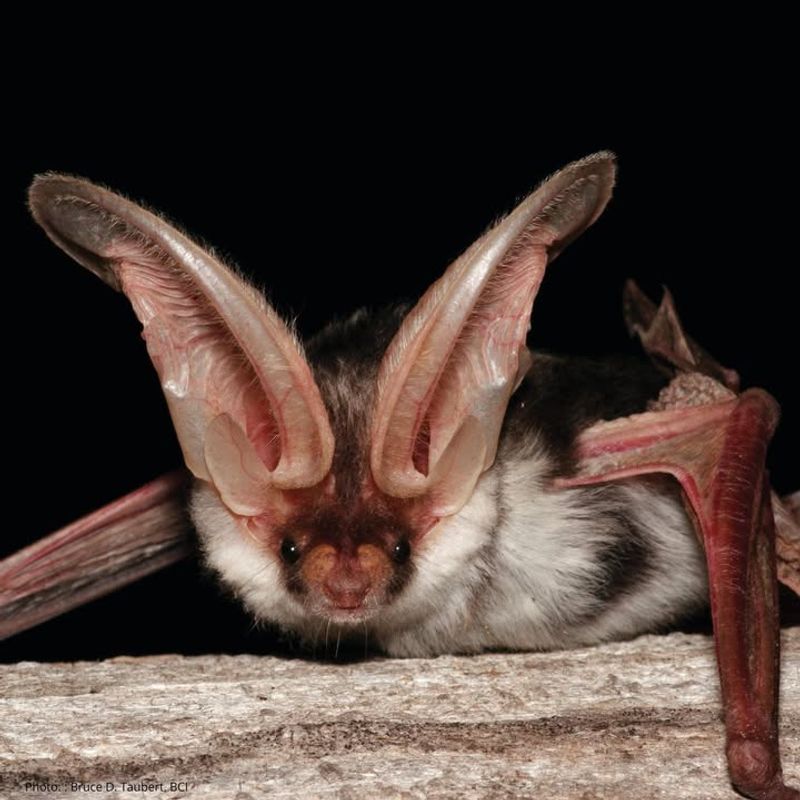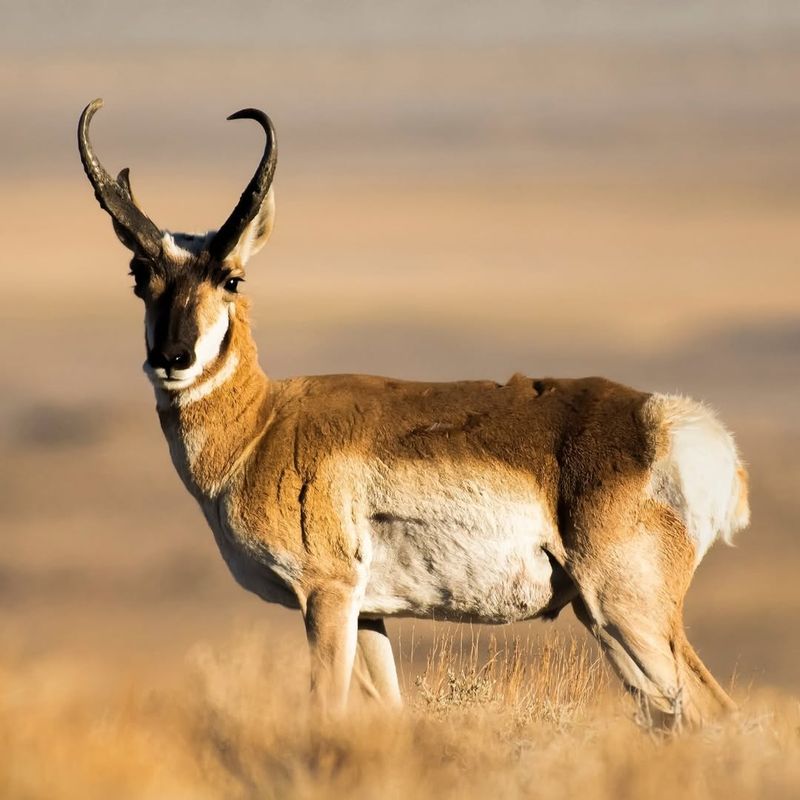Arizona’s deserts and gardens host fascinating wildlife that’s protected by law. These 12 creatures might surprise you with their presence in your own yard.
Knowing which animals are off-limits helps keep you safe and in compliance. Discover who shares your Arizona garden before making any moves.
1. Desert Tortoise
These ancient reptiles have roamed Arizona’s deserts for thousands of years. State law prohibits removing them from their natural habitat, even if one wanders into your yard.
If you spot a desert tortoise on your property, consider yourself lucky! In Arizona, the proper protocol is to simply let it be or contact wildlife services for guidance.
2. Gila Monster
Sporting vibrant orange-pink patterns against black scales, these venomous lizards are Arizona’s most recognizable reptiles. Their protected status makes removal without proper permits illegal.
Rarely seen despite living throughout Arizona’s southern regions, Gila monsters spend 95% of their time underground. If encountered, maintain a respectful distance and let them continue their journey.
3. Great Horned Owl
With their impressive ear tufts and penetrating yellow eyes, these nocturnal hunters command respect. Federal laws protect all birds of prey in Arizona, making it illegal to disturb their nests or habitats.
Many Arizona homeowners mistakenly believe they can relocate these owls. However, the Migratory Bird Treaty Act ensures these magnificent birds remain undisturbed wherever they choose to roost.
4. Sonoran Desert Toad
Known for their distinctive call and impressive size, these amphibians appear after summer rains. Arizona law classifies them as wildlife that cannot be collected or removed without special permits.
Finding one of these toads near your Arizona home might be startling. They secrete toxins through their skin as a defense mechanism, so admire from afar and allow them to continue their natural behaviors.
5. Burrowing Owl
Unlike their tree-dwelling cousins, these small owls make their homes in abandoned ground squirrel burrows. Their declining population has earned them special protection in Arizona.
Spotting these charismatic birds standing guard outside their underground homes is a treat for Arizona residents. State regulations prohibit disturbing their burrows, even if they’re located on private property.
6. Chuckwalla Lizard
These large, harmless lizards are masters of desert survival, wedging themselves into rock crevices when threatened. Arizona regulations classify them as protected native wildlife.
Around Arizona homes near rocky areas, you might encounter these prehistoric-looking reptiles basking in the sun. Though intimidating in appearance, they’re completely herbivorous and legally protected from capture or relocation.
7. Cactus Ferruginous Pygmy Owl
At just 6 inches tall, these tiny predators pack a mighty ecological punch. Their endangered status in Arizona means disturbing them carries severe penalties.
Development throughout Arizona has fragmented their habitat, making each owl critically important. Despite their small size, federal law provides them with robust protection that prohibits any interference with their nests or territories.
8. Coati
With their long snouts and ringed tails, these raccoon relatives bring tropical charm to Arizona’s borderlands. State wildlife regulations protect them from harassment or removal.
Occasionally wandering into yards in southern Arizona communities, coatis travel in family bands called troops. Though they might look like exotic pets, it’s against the law to capture or relocate these curious creatures.
9. Harris’s Hawk
Famous for hunting in cooperative family groups, these rust-colored raptors are unique among birds of prey. Federal protection extends to all hawks in Arizona, including their nests and eggs.
Arizona residents sometimes mistake their group behavior for aggression. However, these social birds are simply displaying their remarkable hunting strategy, and interfering with them violates multiple wildlife protection statutes.
10. Ringtail
As Arizona’s state mammal, these cat-sized creatures with fox-like faces enjoy complete protection. Their nocturnal habits mean many people never realize they’re sharing space with these charming animals.
Throughout Arizona’s rocky regions, ringtails establish territories near water sources. Though they might occasionally take up residence in attics, legal removal requires wildlife professionals with specific permits.
11. Spotted Bat
Recognizable by their enormous ears and distinctive white spots, these rare flying mammals are seldom seen. Arizona law protects all native bat species from harassment or removal.
Across Arizona’s diverse landscapes, bats provide critical pest control services. If spotted bats take up residence in your eaves or barn, state regulations require contacting professionals rather than attempting DIY removal.
12. Sonoran Pronghorn
Often mistaken for antelope, these swift desert dwellers are among North America’s fastest land animals. Their endangered status means disturbing them in any way is strictly prohibited in Arizona.
Only a few hundred remain in Arizona’s southwestern desert regions. Seeing one is exceptionally rare, and their presence on any property triggers immediate protection protocols under both state and federal endangered species regulations.

